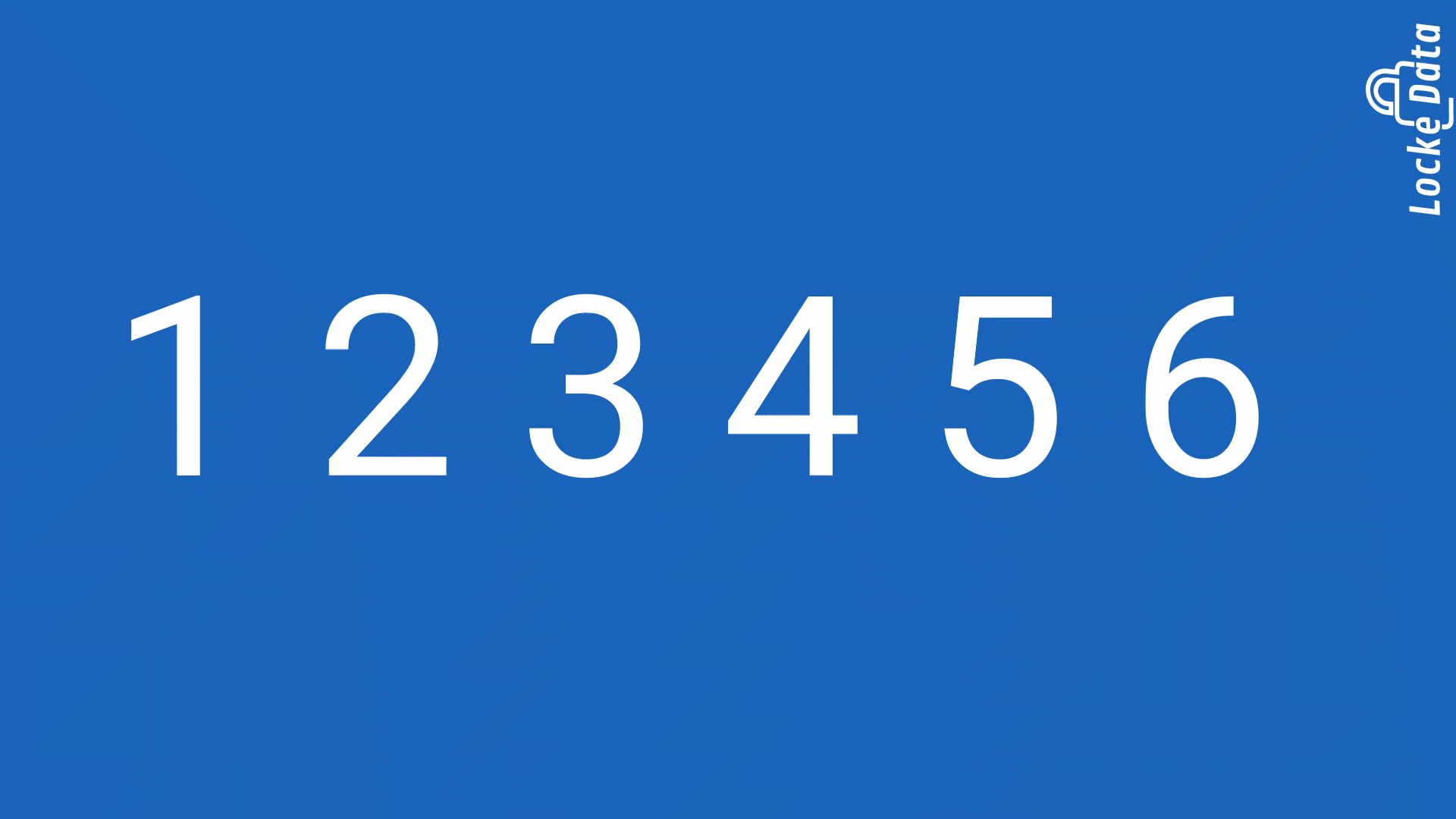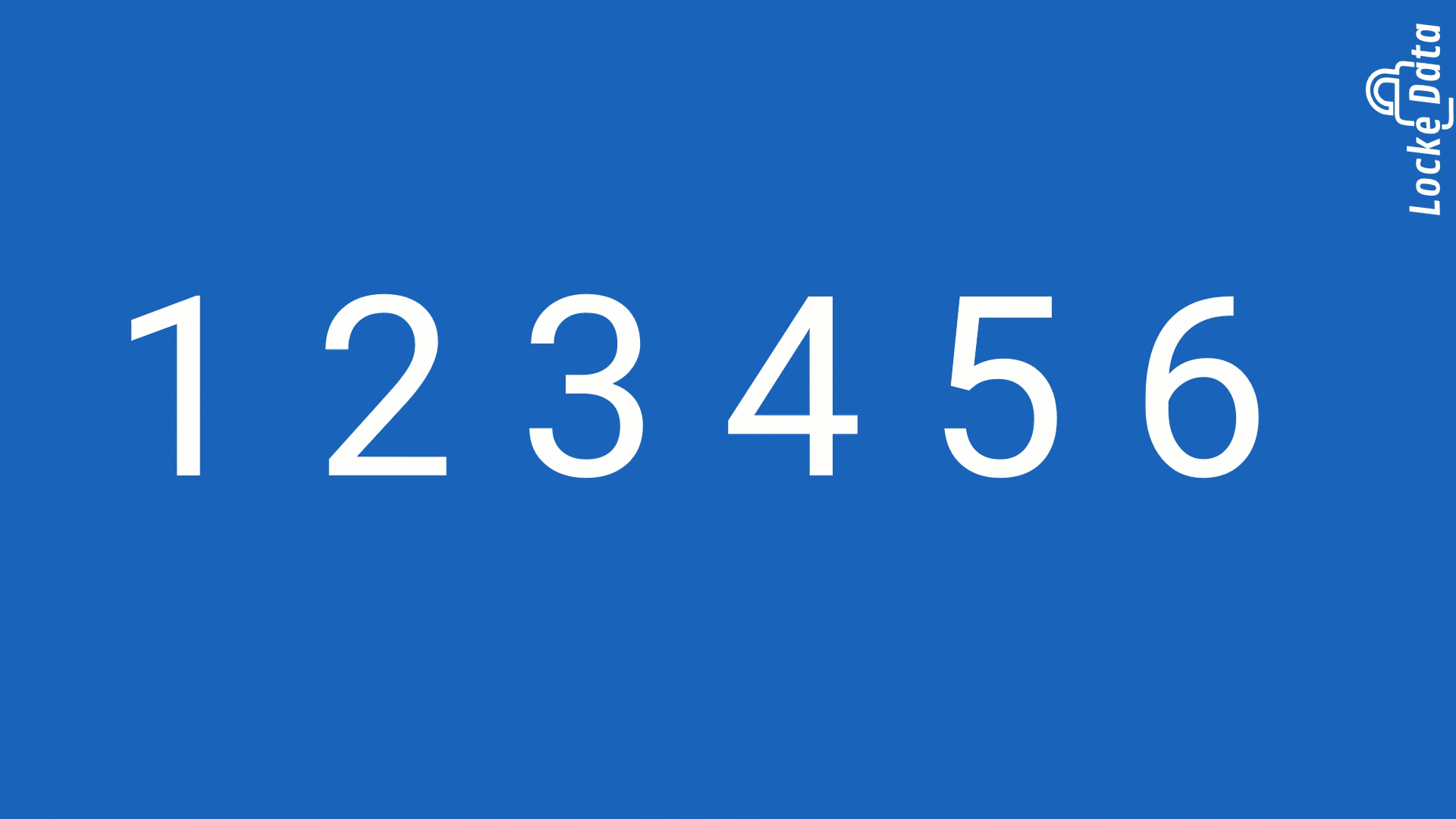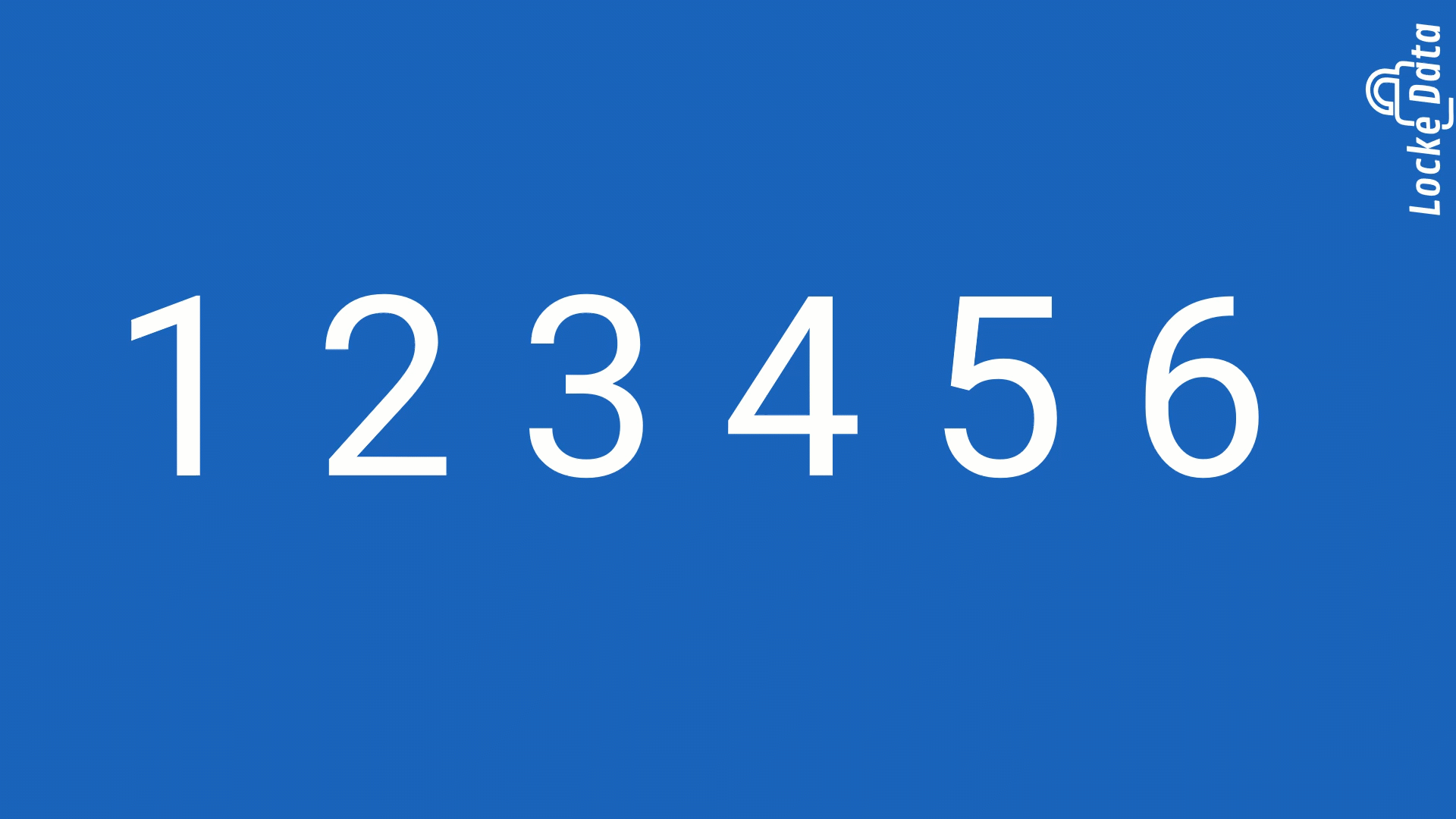Understanding rolling calculations in R
In R, we often need to get values or perform calculations from information not on the same row. We need to either retrieve specific values or we need to produce some sort of aggregation. This post explores some of the options and explains the weird (to me at least!) behaviours around rolling calculations and alignments.
We can retrieve earlier values by using the lag() function from
dplyr[1]. This by default looks one value earlier in the sequence.
v=1:10
data.frame(v, l=dplyr::lag(v))## v l
## 1 1 NA
## 2 2 1
## 3 3 2
## 4 4 3
## 5 5 4
## 6 6 5
## 7 7 6
## 8 8 7
## 9 9 8
## 10 10 9
We could even return a value from 2 elements earlier if we wanted.
data.frame(v, l=dplyr::lag(v,2))## v l
## 1 1 NA
## 2 2 NA
## 3 3 1
## 4 4 2
## 5 5 3
## 6 6 4
## 7 7 5
## 8 8 6
## 9 9 7
## 10 10 8
So these kinda make sense – they bring back a specific value from
earlier in the sequence. There’s also complimentary function that takes
values from later in the sequence called lead().
data.frame(v, l=dplyr::lead(v,2))## v l
## 1 1 3
## 2 2 4
## 3 3 5
## 4 4 6
## 5 5 7
## 6 6 8
## 7 7 9
## 8 8 10
## 9 9 NA
## 10 10 NA
Unfortunately, a single value isn’t always what we need. We often need some sort of aggregation that occurs over multiple values either earlier or later in the sequence.
If we want to get a value that takes into account all prior values and
the current value, we can use functions like cumsum() to sum up as we
go further through the sequence.
data.frame(v, c=cumsum(v))## v c
## 1 1 1
## 2 2 3
## 3 3 6
## 4 4 10
## 5 5 15
## 6 6 21
## 7 7 28
## 8 8 36
## 9 9 45
## 10 10 55
In a cumulative sum, the window over which the function operates for
each value is 1:n so the window varies. The cumulative sum function
can’t be amended to be 1:n-1 so we can mimic that by subtracting the
current value.
data.frame(v, c=cumsum(v), c_1=cumsum(v)-v)## v c c_1
## 1 1 1 0
## 2 2 3 1
## 3 3 6 3
## 4 4 10 6
## 5 5 15 10
## 6 6 21 15
## 7 7 28 21
## 8 8 36 28
## 9 9 45 36
## 10 10 55 45
All well and good, but what if I want to perform a calculation over a
specific number of prior values, or even values ahead in the sequence?
cumsum and lag no longer help us. zoo and RcppRoll give us some
rolling functions. The functions will perform an aggregation over a
moving window of a fixed size.
data.frame(v, c=RcppRoll::roll_sum(v))## v c
## 1 1 1
## 2 2 2
## 3 3 3
## 4 4 4
## 5 5 5
## 6 6 6
## 7 7 7
## 8 8 8
## 9 9 9
## 10 10 10
So if we rely on the defaults, roll_sum() just returns the current
value. That’s not very useful and you might think it’s pretty weird![2]
Let’s see what happens when we use a different value for the window our
calculation should occur over.
data.frame(v, c2=RcppRoll::roll_sum(v,2), c3=RcppRoll::roll_sum(v,3))## Error in data.frame(v, c2 = RcppRoll::roll_sum(v, 2), c3 = RcppRoll::roll_sum(v, : arguments imply differing number of rows: 10, 9, 8
Ick, an error! The calculation reduces the number of values so we need to provide a fill.
data.frame(v, c2=RcppRoll::roll_sum(v,2, fill=NA), c3=RcppRoll::roll_sum(v,3, fill=NA))## v c2 c3
## 1 1 3 NA
## 2 2 5 6
## 3 3 7 9
## 4 4 9 12
## 5 5 11 15
## 6 6 13 18
## 7 7 15 21
## 8 8 17 24
## 9 9 19 27
## 10 10 NA NA
So looking at the code I wrote, you may have expectedc2 to hold
NA, 3, 5, ... where it’s taking the current value and the prior value
to make a window of width 2. Another reasonable alternative is that you
may have expected c2 to hold NA, NA, 3, ... where it’s summing up
the prior two values. But hey, it’s kinda working like cumsum() right
so that’s ok! But wait, check out c3. I gave c3 a window of width 3
and it gave me NA, 6, 9, ... which looks like it’s summing the prior
value, the current value, and the next value. …. That’s weird right?
It turns out the default behaviour for these rolling calculations is to center align the window, which means the window sits over the current value and tries it’s best to fit over the prior and next values equally. In the case of us giving it an even number it decided to put the window over the next values more than the prior values.

Centre align windows
Thankfully, with the rolling calculations we can adjust the alignment so the window aligns left or right.
data.frame(v, c_l=RcppRoll::roll_sum(v,2, fill=NA, align="left"),
c_r=RcppRoll::roll_sum(v,2, fill=NA, align="right"))## v c_l c_r
## 1 1 3 NA
## 2 2 5 3
## 3 3 7 5
## 4 4 9 7
## 5 5 11 9
## 6 6 13 11
## 7 7 15 13
## 8 8 17 15
## 9 9 19 17
## 10 10 NA 19
If, like me, you’d expect the left align to be the option for looking at prior values you’d be very wrong. The convention for these calculations, is left align extends into future values because the window starts on with the current value on the left. The right align covers past values because the window ends with the current value being on the right.

Left align windows

Right align windows
cumsum() it’s taking into account the current value in all
circumstances. We can interleave our dplyr::lag() and dplyr::lead()
functions so that the window of the calculation is offset.
data.frame(v, c_l=RcppRoll::roll_sum(dplyr::lead(v),2, fill=NA, align="left"),
c_r=RcppRoll::roll_sum(dplyr::lag(v),2, fill=NA, align="right"))## v c_l c_r
## 1 1 5 NA
## 2 2 7 NA
## 3 3 9 3
## 4 4 11 5
## 5 5 13 7
## 6 6 15 9
## 7 7 17 11
## 8 8 19 13
## 9 9 NA 15
## 10 10 NA 17
[1] The data.table function shift() could also be used
[2] You’d be right.